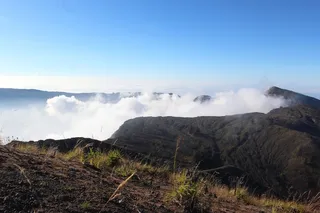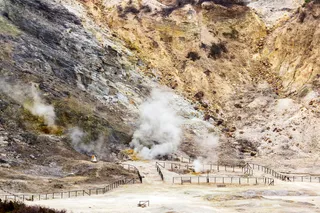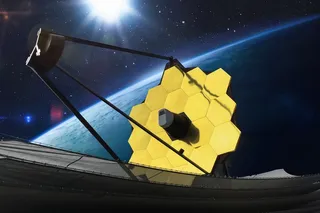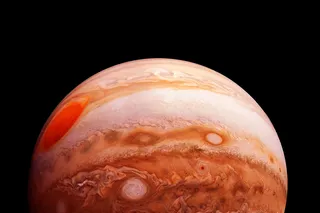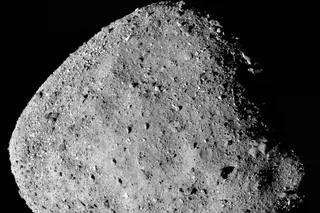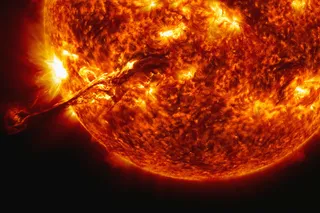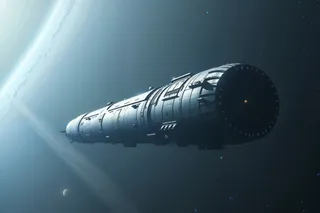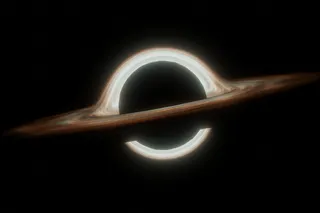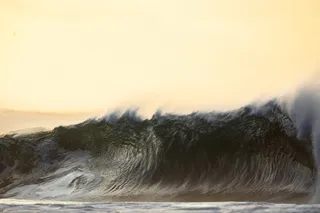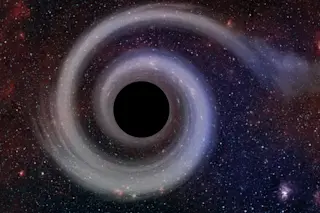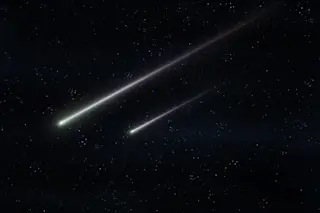NASA's Dawn mission team just revealed the first full-frame image of the giant main-belt asteroid Vesta, and it's really, really cool:
Yegads! [Click to asteroidenate.] Vesta is about 500 km (300 miles) across, but is clearly non-spherical, so take that as an average. That's roughly the size of Colorado! So it's a big rock, and we're now seeing it in exquisite detail. This image was taken on July 24, from a distance of about 5000 km (3000 miles). Man, there's nothing like being there. There's a lot to see. The surface of Vesta is varied, with craters of various sizes (as expected) and depths. I'm very curious to see that there are some darker spots (like in this image) that look like material dredged up from under the surface from impacts; we see this on the Moon and other bodies as well. Some preliminary mineralogical maps show varied distributions of ...


